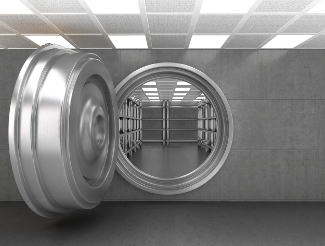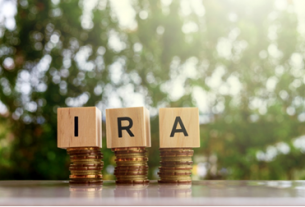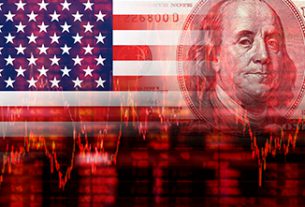With the flurry of actions the Fed undertook over the past few weeks to supposedly “stabilize” financial markets, one very important action has flown under the radar. And it’s one that could have a very debilitating effect on US banks and the entire financial system.
One of the elements of monetary policy that central banks use to influence the amount of money created within the financial system is that of reserve requirements for banks. The current banking system is a fractional reserve system, meaning that banks only keep a fraction of their deposits on hand; the rest are loaned out. Those loaned funds are then redeposited, then loaned out again, etc. In this way, a single $100 deposit can become hundreds of dollars of bank deposits, with each dollar in deposits being accepted in the economy as equivalent to $1 in cash. But it’s a very small amount of cash that actually underpins the entire sum of those bank deposits.
This is known in mainstream economics as the money multiplier. If a bank has a reserve requirement of 10%, then it can loan out up to 90% of each deposit. So if $100 is deposited, $90 is loaned out. That $90 is re-deposited and $81 loaned out, etc. The “multiplier” is 100 divided by the reserve requirement, so that if the reserve requirement is 20%, banks can create up to $500 in deposits for every $100 initially deposited; if the reserve requirement is 10%, banks can created up to $1,000 in deposits; if the reserve requirement is 5%, banks can create up to $2,000, etc.
Normally the Fed sets reserve requirements at anywhere from 0-10%, with only very small banks being allowed to get away with not having any required reserves. But effective March 26, the Federal Reserve lowered reserve requirements to zero for all depository institutions in the US. Using the money multiplier, we divide 100 by zero and get – infinity. Yes, that’s right, US banks can now created unlimited amounts of bank deposits because they don’t have to keep anything on reserve. Wells Fargo, Bank of America, and Citigroup can all create money ad infinitum.
You might wonder how that’s supposed to help the stability of the banking system. Well, it doesn’t really. The Fed probably was thinking more about liquidity than about stability, as allowing banks to keep no reserves on hand during a time when there are apt to be bank runs seems to be about as unstable a move as can possibly be. Allowing banks to keep zero reserves, and to create as much money as possible by eliminating reserve requirements, is a recipe for disaster. Along with the other moves the Fed has been making, like trillions of dollars of quantitative easing and liquidity provision to repo markets, the stage is being set for an inflationary disaster.
If you’re still invested in dollar-denominated assets like US Treasuries, US corporate bonds, or US stocks, you need to be aware of the dangers that the Fed’s recent policies pose to your investments. With the dollar set for a massive devaluation, investors both big and small risk having their investments made worthless as the dollar weakens even further. If you haven’t taken steps to protect your wealth, by investing in gold for example, then you need to start thinking about it right now. In an era in which unshackled central banks will run amok creating money out of thin air, protecting your wealth is more important than ever.
This article was originally posted on Goldco.




